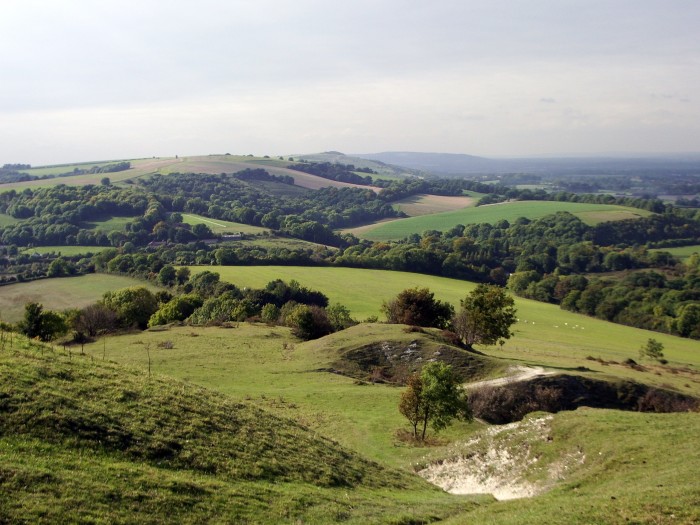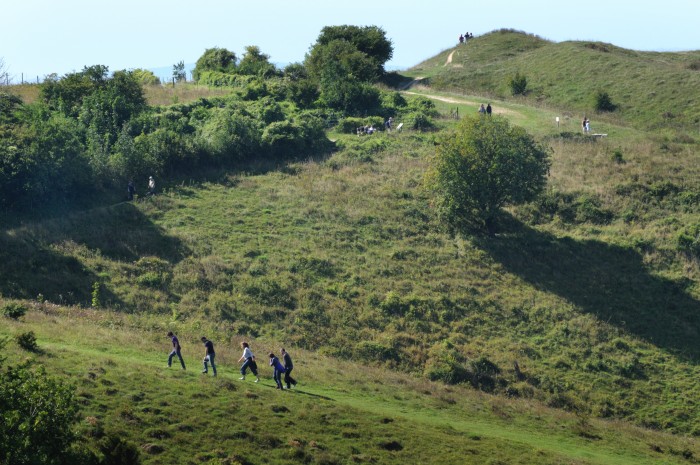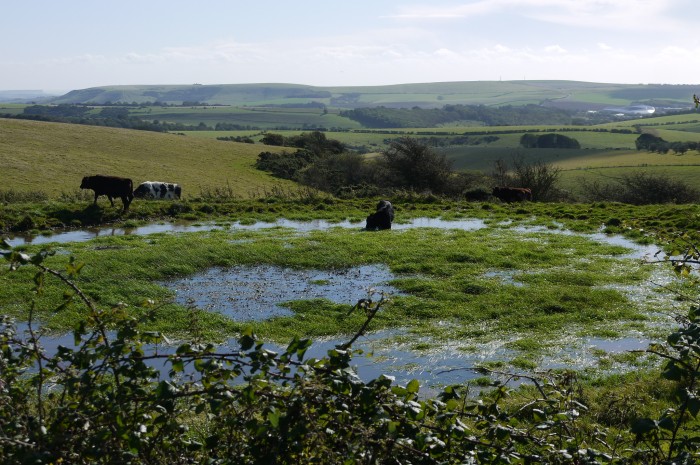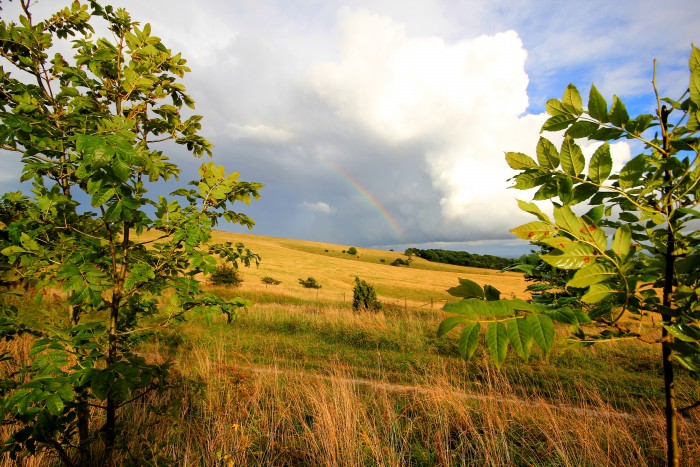On the fifth day of Christmas…
December 18, 2015
On the fifth day of Christmas, instead of five gold rings, the South Downs National Park is sharing with you five Iron Age hill fort ‘rings’.
We are extremely lucky in the South Downs National Park to be home to many historical features. From Bronze Age barrows, Saxon and Norman churches, dew ponds, to historic houses and landmarks of the two World Wars, the South Downs has strong links to past human settlements.
These five Iron Age hill fort ‘rings’ are all in the National Park, have interesting histories and make lovely walks for those who want a view at the end of a climb.
Cissbury Ring is the first coastal landing points for migratory birds after their long flight across the channel, so watch out here for special birds in spring and autumn time. You may also catch a glimpse of the Adonis blue butterfly here.
There has been several reports of UFO’s moving between Cissbury ring and Chanctonbury Ring to the north… So if you’re star gazing on a seemingly peaceful night, watch out for UFO’s!

Old Winchester Hill has been a beauty spot since Victorian times, as the views across the valley to Beacon Hill and the sea are sublime. There are sheep grazing to manage the site so dogs need to be kept under close control here. Kite flying here is also prohibited as birds interpret kites as predators so hide or flee.

Ditchling Beacon is the third highest point in the South Downs and its uncultivated chalk downland area is the perfect place to see the Chalkhill Blue butterfly.


The ‘Trundle hill’ in West Sussex is actually called St. Roche’s hill, but has come to be known as the Trundle as this is the name of the famous Iron Age hillfort on its summit. It is a lone hill that rises to 206 feet and commands a breath taking view of the patchwork villages and sea laid out below.

